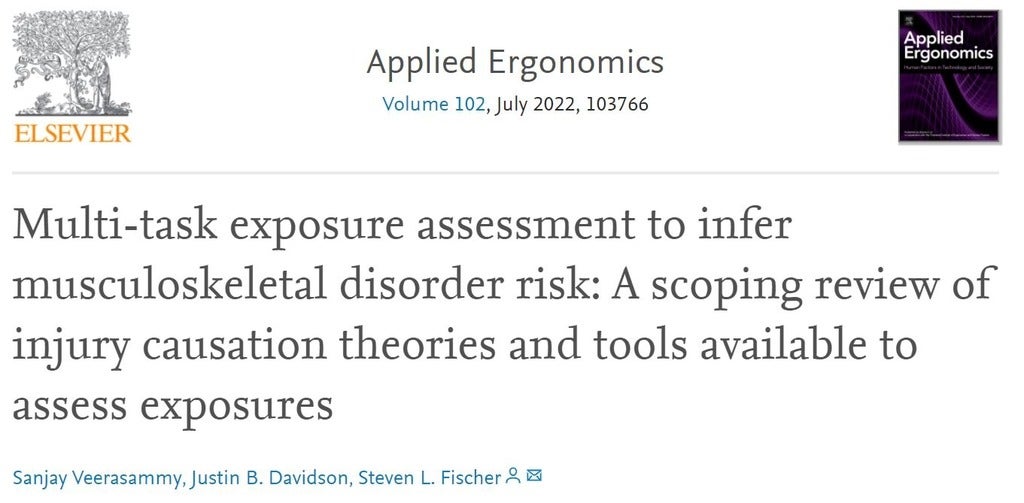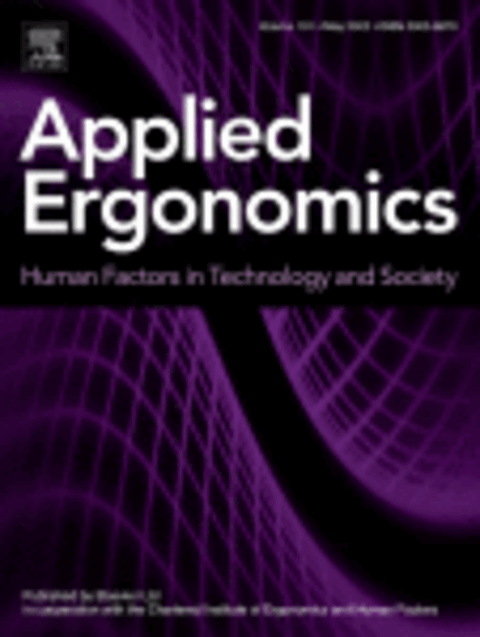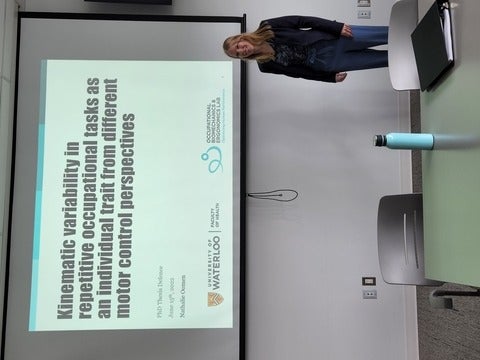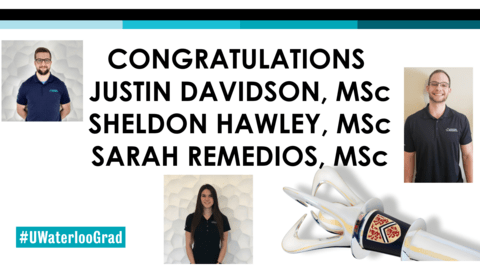The Occupational Biomechanics and Ergonomics Lab (OBEL) is a nexus for research to optimize human performance in the workplace.
With a strong emphasis on use-inspired, actionable research, OBEL has quickly emerged as a leading ergonomics-focused research and development program, generating actionable ideas, programs and devices to help optimize the performance of those working in high demand professions like paramedicine and the Royal Canadian Air Force.
Our purpose
The Occupational Biomechanics and Ergonomics Lab (OBEL) aims optimize human function and performance in the workplace by applying principles of biomechanics, motor control and ergonomics. We believe that every individual can achieve peak performance at work with access to the right people, tools and knowledge.
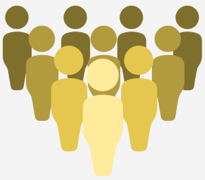
Training the right people:
OBEL is committed to providing world-class education and mentorship to trainees hoping to emerge as leaders in ergonomics, injury prevention, and occupational performance.
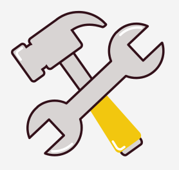
Innovating and developing the right tools:
OBEL is committed to research that informs the development and commercialization of tools that can measure, assess, evaluate, classify, predict or improve occupational performance.

Growing our knowledge base:
OBEL is committed to growing our knowledge base to support and advance evidence-informed practice in ergonomics, injury prevention and return-to-work.
Workplace Multi-task Assessment: What is It, and Why Should We Care?
In this post we describe multi-tasks MSD exposure assessment and summarize the findings from our recent review paper aiming to identify the current state-of-the-art in multi-task MSD exposure assessment tools.
Are you thinking about accessibility when sharing science communications?
OBEL is committed to promoting and ensuring accessibility in research. This means that we make every effort to provide equitable access to our research communications. But we are still learning! We continue to learn more about guidelines (i.e., Web Content Accessibility Guideline: https://www.w3.org/WAI/WCAG21/quickref/?versions=2.0), policy (i.e., Accessibility for Ontarians with Disabilities Act (AODA)) and accessibility tools (https://uwaterloo.ca/web-resources/resources/accessibility/tools) to help us continuously improve the accessibility of our science communication.
In this blog, we highlight some of the ways we’re aiming to enhance accessibility in the communication of our research on the web and we include some links that we hope you will find useful. We’d love to hear from you (@BiomechErgoLab) if you have tips to share too!
The Who, What, When, Where, and Why of MSD Risk Assessment Tools Used in Canada
Health and safety professional routinely use MSD risk assessment tools, but what tools do they use, and when? In a recent paper published in Applied Ergonomics, we summarize the MSD risk assessment tool use patterns in Canada.
News
Congratulations Dr. Oomen!
We congratulate Dr. Nathalie Oomen on the successful defense of her PhD dissertation titled: "Kinematic variability in repetitive occupational tasks as an individual trait from different motor control perspectives"!
Congratulations to our 2021 OBEL graduates
Demonstrating principles of integrity, excellence, grit and curiosity, Justin Davidson, Sheldon Hawley and Sarah Remedios have graduated with a Master's of Science in Kinesiology from the University of Waterloo.The Occupational Biomechanics and Ergonomics Lab is honoured to recognize the achievements of Justin Davidson, Sheldon Hawley and Sarah Remedios as they officially graduate.
Student NSERC Success
The Occupational Biomechanics and Ergonomics Lab (OBEL) is proud to celebrate the achievements of Nathania Chan and Chris Moore in recent NSERC award competitions.
